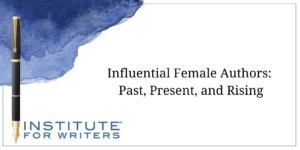
Influential Female Authors: Past, Present, and Rising
We’re going to look at influential female authors of the past, those impacting the present, and whom the industry expects to make a big splash.
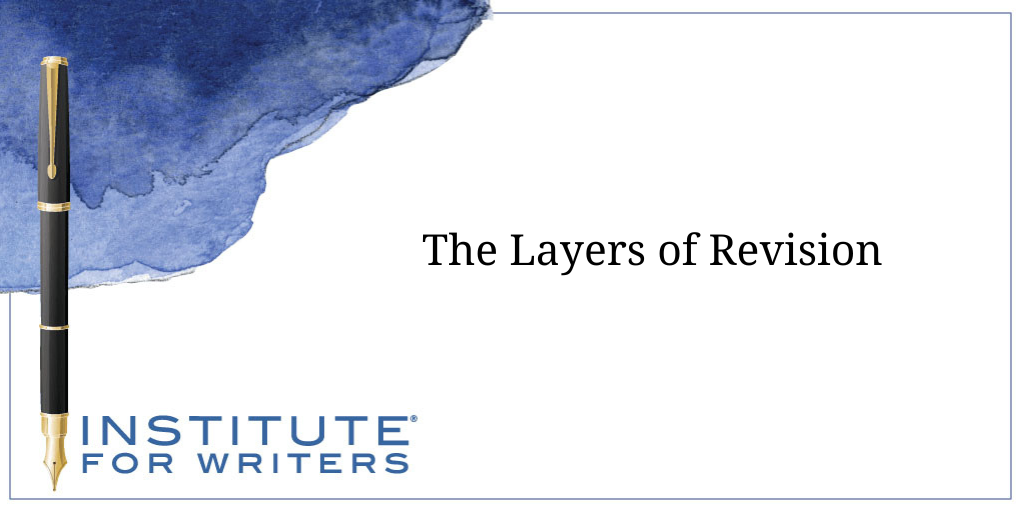
New writers might imagine writing a manuscript from beginning to end is the ultimate goal. After all, you came up with a brilliant idea, burned your keyboard in a blaze of typing glory and reached the dazzling, all-important, last words—The End. Whew! Many writers don’t make it that far. But you did! You can rightly give yourself a big pat on the back.
However, soon writers discover that writing a manuscript from beginning to end is really just the beginning of an equally important phase of the process—revision. To many, writing is revision, and most writers revise their manuscripts numerous times before they’ve shaped it into the best version that it can be. 
When I’m working on a manuscript, each revision feels like I’m peeling back a layer of an onion. As I read and revise, I gain new insights about what I want to say, how I want to say it, and what should be cut—things that didn’t come to mind in the first draft. Revision is a process and you don’t get to the better versions of your manuscript until you work through the stages that came before. Newberry Medalist, Kelly Barnhill, once said, “That’s the magic of revisions—every cut is necessary, and every cut hurts, but something new always grows.”
Where do you begin? I start at the top of the manuscript and work down. This approach helps me get into the rhythm, flow, and voice of the manuscript, and keeps it consistent from beginning to end. Then, I look at different aspects of the writing. There’s no magical order, but I eventually evaluate and consider the following writing elements:
Is your title and opening paragraph the best that it can be? Every manuscript needs an intriguing title and opening paragraph that’s going to “hook” the reader and draw them into the text. There are many ways to brainstorm titles. One way is to jot down words and phrases associated with the subject. If you study stories and articles, you’ll see that many titles are actually well-known phrases used in a new way. A quick search online for applicable idioms will bring up a lot of options.
Sometimes a phrase or word lifted from the text makes an excellent title. Sometimes using questions, secrets, or numbers in the title can create interest and intrigue. Alliteration, or the pleasing repetition of words or sounds, will add an extra zing of appeal. After a quick look online for current titles in magazines, I found these great examples: Reader’s Digest’s “Superhero Santas & Other Heroes of the Holidays,” US’s “Princess Under Pressure,” and Outside’s “The 11 Best Fall Trips on the Planet” and “Can Carhartt Pants Save Your Life?”
Opening hooks need the same oomph. Who is the reader? Does your opening immediately connect to the target reader’s feelings, interests, and experiences? Or is it flat and a bit boring? Maybe your opening paragraph starts miles away from the heart of the matter. Successful opening hooks often start with an intriguing question, fact, quote, scene, or dialogue. Through the revision process, you can craft a fantastic opening hook that’s going to grab the reader by the collar and pull them into your manuscript.
 Another important element that improves with each layer of revision is the narrative voice. In the first draft, the words are the simply the roadmap that take you from beginning to end. The voice might sound flat and plain, or dry and academic. However, when you take it through the next layer or round of revision, new, more natural ways of saying something spring to mind. With each revision, you get better at capturing the natural, conversational voice that becomes the lively, flowing words on the page.
Another important element that improves with each layer of revision is the narrative voice. In the first draft, the words are the simply the roadmap that take you from beginning to end. The voice might sound flat and plain, or dry and academic. However, when you take it through the next layer or round of revision, new, more natural ways of saying something spring to mind. With each revision, you get better at capturing the natural, conversational voice that becomes the lively, flowing words on the page.
Next, we’ve all heard it. That little nagging voice in the back of our heads that tries to convince us that there isn’t a problem when deep down, we know that there is. We just don’t want to believe it. So, we tell yourselves it’s okay. Really. Over and over until we almost believe it. However, time and again, when I’ve ignored the little voice in my head, my critique partners will point out the exact thing I’d convinced myself was okay. It might have been a beloved phrase or paragraph that really didn’t fit anymore. It might have been a line that sent the manuscript in another direction, but darn it, I loved that line.
Once the elements of your manuscript are in place, go through it again and look for opportunities to pump up your language. This blog post is a good example. In an earlier version of the opening, I wrote, “. . . you typed at your keyboard . . .” Later, I pumped up my language by writing, “. . . you burned up the keyboard in a blaze of typing glory.” I made changes throughout that added pop, sizzle, and fun. What words or phrases can you pump up in your manuscript? 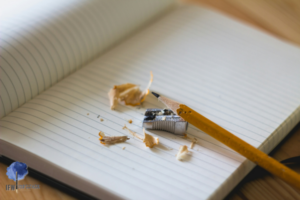
After spending oodles of time revising your manuscript, don’t neglect this last bit—checking your spelling and punctuation. As an ICL writing instructor for nearly 20 years, I’m always amazed at how many student manuscripts I see with spelling and punctuation errors. In today’s computer age, these errors are easier to catch and fix than ever before. When editors see manuscripts with these types of mistakes, they conclude that the author hasn’t spent the time to put their best foot forward and may wonder what else the author has overlooked.
The next time you’ve burned your keyboard in a blaze of typing glory, pat yourself on the back and get ready for the next equally important phase of writing—peeling back those layers of revision—until you’ve shaped your manuscript into the best version it can be.
Ever since Lori Mortensen completed ICL’s Writing for Children and Teens course and chased her writing goal, she’s sold more than 100 children’s books and over 500 stories and articles. Reviewers have praised her books as “stellar” “as good as it gets” and “begs to be read aloud and includes such notable publishers as HarperCollins, Henry Holt, Abrams, Bloomsbury, and Peachtree. When she’s not out on a morning hike, willing her sourdough to rise, or putting her nose in a mystery, she’s tapping away at her keyboard, conjuring, coaxing, and prodding her latest stories to life. She’s been an ICL instructor for almost 20 years.

We’re going to look at influential female authors of the past, those impacting the present, and whom the industry expects to make a big splash.
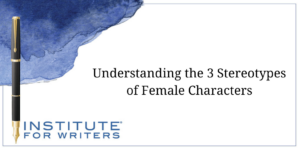
This week, we’re focusing on how we as writers can create strong female characters that others will look up to, instead of harmful stereotypes.
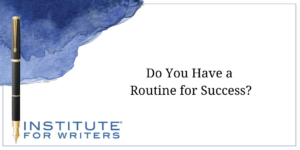
Is your writing routine reaching its potential? Maybe it’s time to take another look so you can see what’s possible for your writing.
1000 N. West Street #1200, Wilmington, DE 19801
© 2024 Direct Learning Systems, Inc. All rights reserved.

1000 N. West Street #1200, Wilmington, DE 19801
© 2025 Direct Learning Systems, Inc. All rights reserved.

1000 N. West Street #1200, Wilmington, DE 19801
©2025 Direct Learning Systems, Inc. All rights reserved. Privacy Policy.